
EARLY flowers not only lift our spirits – they’re vital for early flying pollinators as well. Lots of our native bumblebees and solitary bees hibernate in winter with little or no food. Once the days are a bit longer and the sun a little warmer, these bees emerge and need sustenance straight away. They look for nectar-rich plants because this sugar-loaded substance gives them energy for flight. Once a nest site has been acquired, the bees begin to collect protein-rich pollen, needed for reproduction.
I grow lots of early flowers, and every year I watch to see which one comes first. In sunny winters, it can be small-flowered crocuses. All crocuses trap the warm air inside their goblet of petals, so the temperature inside the flower is generally 2-3ºC warmer than outside. The extra heat stimulates the corolla tube, in the neck of the flower, to open wider and this allows long-tongued pollinators to suck up the nectar. White and purple varieties have been found to warm up more than yellow crocuses, according to Pat Willmer’s scholarly book Pollination and Floral Ecology.
Denne historien er fra February 20, 2021-utgaven av Amateur Gardening.
Start din 7-dagers gratis prøveperiode på Magzter GOLD for å få tilgang til tusenvis av utvalgte premiumhistorier og 9000+ magasiner og aviser.
Allerede abonnent ? Logg på
Denne historien er fra February 20, 2021-utgaven av Amateur Gardening.
Start din 7-dagers gratis prøveperiode på Magzter GOLD for å få tilgang til tusenvis av utvalgte premiumhistorier og 9000+ magasiner og aviser.
Allerede abonnent? Logg på
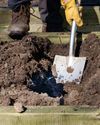
To dig or not to dig?
Should we be carrying out a full dig on plots now? Bob considers the pros and cons of the 'autumn dig' debate
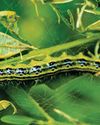
The box ball blues
As if his beleaguered box hadn't already taken a beating, Toby now has to deal with some hungry box caterpillars
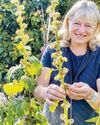
Save your own seeds
Masterclass on: seed saving
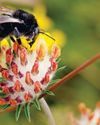
Strange sightings
Three unusual insects turn up in Val's garden in one day
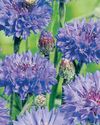
A bolt from the blue!
Cornflowers are perfect for garden and vase
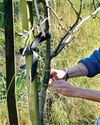
Winter moth prevention
Ruth shows you how to avoid maggoty tree fruits
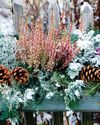
Create a winter container
There are as many options as in summer
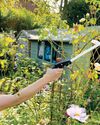
Lightweight gardening tools
AS well as being good for our mental health, gardening is also great exercise.

Autumn price round-up
AG finds better bargains in lesser-known brands
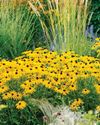
Rudbeckias
Rudbeckias are ideal for sunny summer patios and borders, with some able to survive our coldest winters